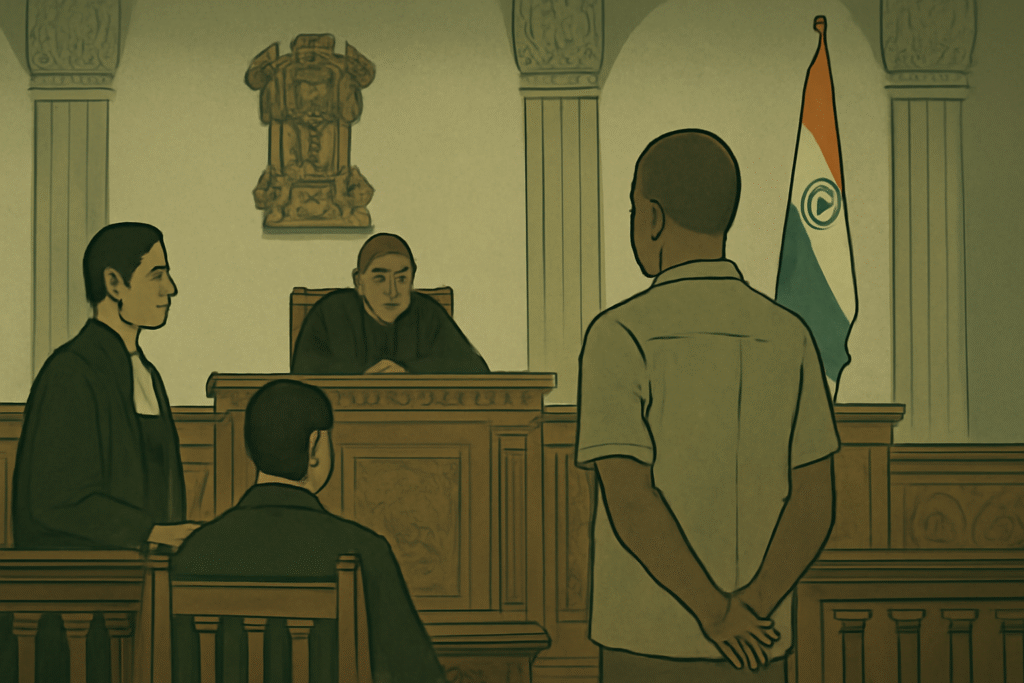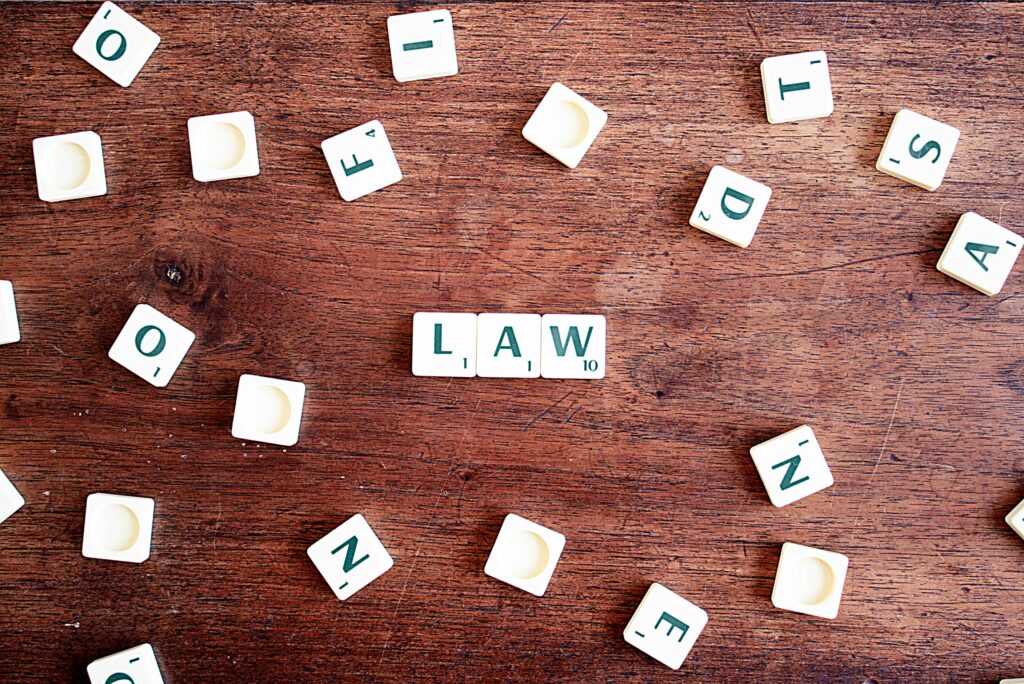Published On: 19th January, 2024
ABSTRACT
People’s beliefs must be acknowledged and protected. Hence, this work throws light on the concept of religion as a whole and investigates how it affects the laws of a land. Efforts have been put into analyzing some cases involving religious questions and how they are dealt with in Indian courts. The interpretation of secularism needs to be understood with the examples of few judgments. This work can be summarized as explaining the concepts and the cases involved, explaining the journey of the court while discovering the path ahead.
INTRODUCTION
The concept of religion is very subjective and experimental regarding its implications. The journey of faith becoming a law and practicing with jurisdictions is very interesting. The law of the land is made to protect a person and his rights, which include the religion they follow. Hence, in some democratic countries, the right to practice religion is a fundamental right that should not be taken away. Multiple religions can be practiced within a territory, so a few countries have chosen the secular part to prevent conflict between them and one religion from taking over the other. When talking about India, there is no state religion, and the 42nd Amendment modified the country’s preamble, which went from a “sovereign democratic republic to a sovereign, socialist, secular democratic republic.” The word integrity was also added, which changed from “unity of the nation to unity and integrity of the nation.”
ANALYSIS
Concept of religion – Religion arose due to the hope that something exists beyond the material world, which controls all the actions of nature. From the existence of Hinduism, the oldest religion on earth, to Islam and Christianity, every religion has deep roots in the hearts of its followers. Sometimes, the orthodox believers and defenders of any respective religion try to break the boundaries and become intolerant towards other religions, even trying to convert and coerce others to follow the conscience they don’t want to.
Laws affecting them – In the constitution of India, articles 25 to 28 discuss the right to freedom of religion. It guarantees the” freedom of conscience to profess, practice, and propagate religion to all citizens.”[1] It is not absolute, as it is subject to public order, health, and morality. To protect the state from the wrong interpretation and application of this right, the state makes laws to see to the conduct of individuals, and the court is always open to provide constitutional remedies. There are several acts and laws governing the personal laws in the country, therefore promoting and protecting the beliefs, and some of them are “The Hindu Marriage Act, 1955” and “The Muslim Personal Law (Shariat) Application Act, 1937”. There is one more act passed to prevent any misuse of religious institutions in the name of politics or for any non-religious practices, and that is “The Religious Institutions (Prevention of Misuse) Act, 1988.”
CASES INVOLVED
- “Ayodhya Ram Janmabhoomi-Babri Masjid Dispute”[2] is the most extended religious-centred case ever fought. It goes back to the dispute between two communities in India, which included Hindus and Muslims, and the issue was whether an ancient Hindu temple was demolished to construct a mosque by a Mughal ruler, Babur. It was argued by the Muslim party that no temple was demolished, and the masjid was made on an undisputed land. It was held that the Hindus would be given 2.77 acres of land to build the temple, and the five acres would be given to the other party against the surplus land of 67 acres acquired. This case was excluded from the domain of the Places of Worship Act of 1992, which states that “An Act to prohibit conversion of any place of worship and to provide for the maintenance of the religious character of any place of worship as it existed on the 15th day of August 1947, and for matters connected therewith or incidental to it.” Hence, sometimes, to protect people’s religious beliefs, the court has to intervene to maintain public order and peace.
- “Nikhil Soni vs. Union of India.”[3] This is the case where the Supreme Court, through overturning the judgment of the Rajasthan High Court, respected the religious beliefs of the followers of Jainism. In the high court, it was held that the Jain process of attaining salvation is illegal as it resonates with committing suicide, and this was believed to be an interference with one’s religion. In this case, it is to be learned that people’s religious beliefs sometimes clash with the right to life.
- Emmanuel v. State of Kerala[4] – In this case, the protection of religion conflicted with Article 19[5] of our constitution. It is the story of the three children who refused to sing the national anthem, claiming it was against their religious pillars. This case is also famously known as the National Anthem case, in which the right to remain silent was explored. The Supreme Court held that no disrespect was done to the anthem as the three children did stand for the same. Singing the anthem is not made compulsory under any provisions. Hence, their acts were justified. Here, the Supreme Court of India deliberately respected the beliefs of the minority group better called Jehovah’s Witnesses.
- Triple Talaq Case[6]– Triple talaq was a practice by which a Muslim man could immediately, in oral or written form, give divorce to his wife by stating the word “talaq” three times. this practice itself violated Article 14, which is the Right to equality. Hence, the Supreme Court declared it to be an unconstitutional practice. It was a purely religious and controversial case at the time.
THE JOURNEY
Since the partition of India and Pakistan, many communal conflicts have been witnessed in the country. Still, the Supreme Court has never failed to handle cases and show a neutral and secular stand. Every time a case is brought before the court, it conflicts with either fundamental rights or public interest, and several issues must be considered before a verdict is given. The right balance has to be achieved whenever there is a fight between Fundamental rights and personal laws. Religious cases in India attract immense media attention and political and social debates. Sometimes, the legal outcome is impacted much by the influence of the media. Hadiya case[7], for example, brought into the picture the possibilities of religious conversions and alarmed society about the concept of “love jihad.” the judicial intervention in personal laws has to be far more sensitive than the other cases.
These cases are complex to solve and controversial in nature, giving rise to religious tensions, and hence, the correct interpretation of these laws becomes important. Keeping in mind the diverse culture of the country, customs need to be studied, and the historical context should be derived from valuable sources. The duty of the courts should be focused on providing justice and determining the scope of personal and religious laws. Neither the basic structure of the constitution needs to be comprised nor the people’s beliefs.]
PATH AHEAD
With a split verdict passed on the hijab ban case[8], the case remains unresolved. The two judges have different approaches to the present case. Justice Hemant Gupta upheld that the ban was right by stating that religious symbols must not be worn to maintain equality and unity in secular schools. Justice Dhulia favored inclusivity in educational institutions and stated, “If the belief is sincere, and it harms no one else, there can be no justifiable reasons for banning the hijab in a classroom.” A close look at the case explains that the individuals’ and communities’ rights are to be affected by any decision made by the court.
While we still await a decision, it becomes important to acknowledge how a solved case can become the guiding light of many future cases and, hence, should create a safe environment for personal laws and minority rights. Sometimes, it takes a toll on the court to ratify an essential practice in a religion that should be protected. Then, it credits the verse of the holy books of each religion and the history of following such beliefs.
CONCLUSION
The crux of the writing is to present the influence any judgment has on the Indian shores and how crucially the verdict has to be made. The question of morality also comes into the picture, where every religion has its morals and code of conduct, but it is the law to interpret what is best for our society. The former stands subjective whereas the latter is objective in its approach. Hence, morality defers to everyone, but the law makes the saturation. People continue to place their faith in the judiciary, and judicial institutions should always keep this in mind when coming to any conclusion.
References
- (No date) India code: Religious Institutions (Prevention of Misuse) Act, 1988. Available at: https://www.indiacode.nic.in/handle/123456789/1833?sam_handle=123456789/1362 (Accessed: 16 December 2023).
- —— ‘Understanding the Supreme Court split verdict on hijab ban’ (Frontline) https://frontline.thehindu.com/news/understanding-the-split-verdict-on-hijab-ban/article66014782.ece accessed 16 December 2023
[1] The Constitution of India, 1950; Article 25
[2] “M Siddiq (D) Thr Lrs v. Mahant Suresh Das & Ors.”
[3] NIKHIL SONI Vs. UNION OF INDIA AND ORS
[4] BIJOE EMMANUEL V. STATE OF KERALA AND ORS [A.I.R 1987 SC 748]
[5] The Constitution of India,1950; article 19
[6] Shayara Bano vs. Union of India [(2017) 9 SCC 1
[7] Shafin Jahan v. Asokan K.M & ORS
[8] AISHAT SHIFA versus THE STATE OF KARNATAKA & ORS





Well written Aastha..All examples r stating the same what u want to…
The way of expressing r much-loved n inspiring..
Keep it up..waiting for more articles..